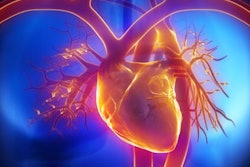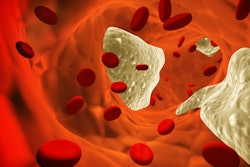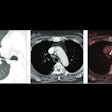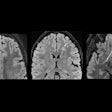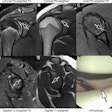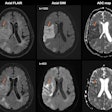More in Home
ACS: Fewer Black men are dying from cancer
February 20, 2025
Lung biomarkers inform patient selection for EBUS-TBNA
February 19, 2025
Are white-matter hyperintensities found on MRI biomarkers for TBI?
February 19, 2025
7-minute shoulder MRI scans are feasible
February 18, 2025
Disparities persist in availability of diagnostic breast services
February 18, 2025
New AI model successfully segments anatomic structures in MR images
February 18, 2025
Are low-field MRI units effective for neuroradiologic imaging?
February 14, 2025
CBBCT features help identify LVI on breast cancer patients
February 14, 2025
New PET tracer developed for breast cancer
February 14, 2025
Public trust in medical AI use low
February 14, 2025

